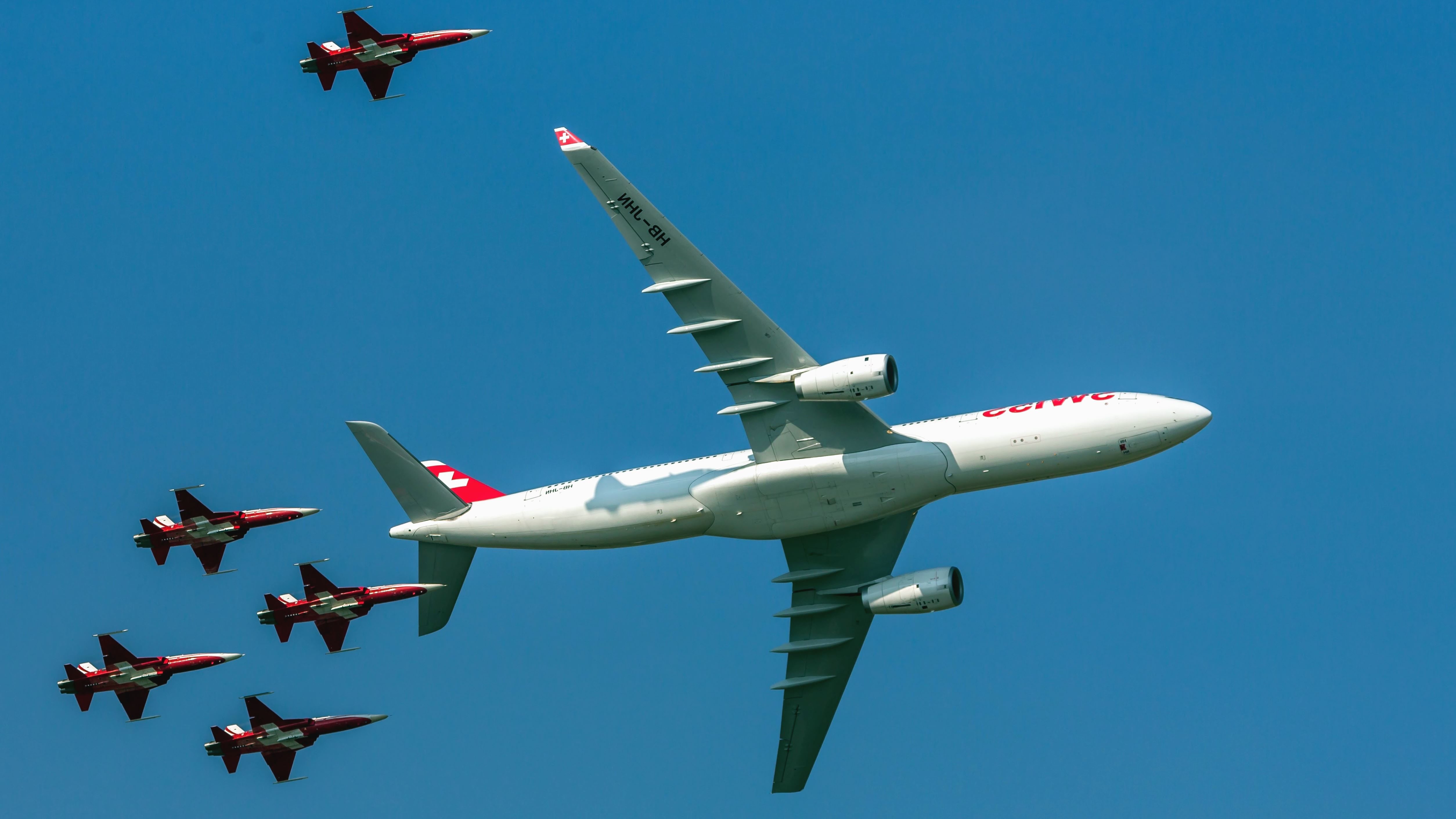How does the internet work in an airplane flying 35,000 feet in the sky?
How does the internet work in an airplane flying 35,000 feet in the sky?
Most of the international flights have internet facility inside the aircraft. Passengers can easily watch movies, read online books, listen to songs, etc. through the Internet.
In-flight Wi-Fi is available on most long-haul international flights. But such facility is usually paid.
Different companies charge different fees for this. It has been almost two decades since in-flight internet services were available in the air.
Aircraft manufacturer Boeing announced its in-flight service called Connection in April 2000. Under this service, in-flight internet service was launched in Munich-Los Angeles Lufthansa aircraft in 2004.
However, Boeing stopped this service saying that the market was not ready. In recent times, the development of various devices and the changing nature of technology has made this service easier. Although the in-flight service is not as efficient as compared to the internet available at home or office, this service has played a very important role in the flight.
How does in-flight internet work?
There are mainly two types of in-flight internet. The first type is Air-to-Ground (ATG). ATG depends on the antenna installed on the aircraft. The antenna receives the signal from the network towers built on the ground and provides internet to the aircraft.
In 2008, Intelsat provided in-flight internet on American Airlines planes through ATG. Currently, this company is using this technology in more than 1000 of its planes.
A major drawback of this technology is that, like mobile phone service on the ground, it also depends on tower density and connectivity. Therefore, flying over rural areas, deserts or large rivers/oceans is likely to cause problems in connectivity.
The maximum internet speed in this technology is five Mbps. Due to this, the connectivity is not so reliable. It is for this reason that most of the airlines are attracted towards connecting satellite based services.
Compared to ATG, internet connected through satellite gives better connection. Because of this, it is more effective. Intelsat itself is providing satellite based internet service to more than 50 companies.
Among them are Alaska, American, Delta, United, Air Canada, British Airways and Cathay Pacific. Satellite is another option for in-flight internet.
Viasat is another company that provides satellite services for high-speed internet connectivity to many airlines around the world. This company started its service in 2013 with a service called 'JetBlue'. Currently, more than a dozen airline companies around the world are taking Viasat services.
A satellite-connected aircraft can get speeds of up to 100 Mbps and about 15 Mbps per passenger device. Many companies use in-flight internet based on their aircraft and flight route.
Recently, Elon Musk's SpaceX company has also entered this field. Earlier this year, the company has already signed an agreement with Hawaiian Airlines to provide high-speed internet through its satellite Starlink network.
Challenges and Opportunities
Even now, there is a big gap between in-flight internet and the internet available on the ground. Recently, in-flight internet has been improving.
It is now possible to send messages, watch live TV and stream videos through the in-flight internet available now. However, it is still a challenge for service providers to provide the same speed as land.
Some of the problems faced by mobile towers have been solved by satellite, but according to experts, it is still challenging to maintain the growing demand.




Comments
Post a Comment
If you have any doubts. Please let me know.